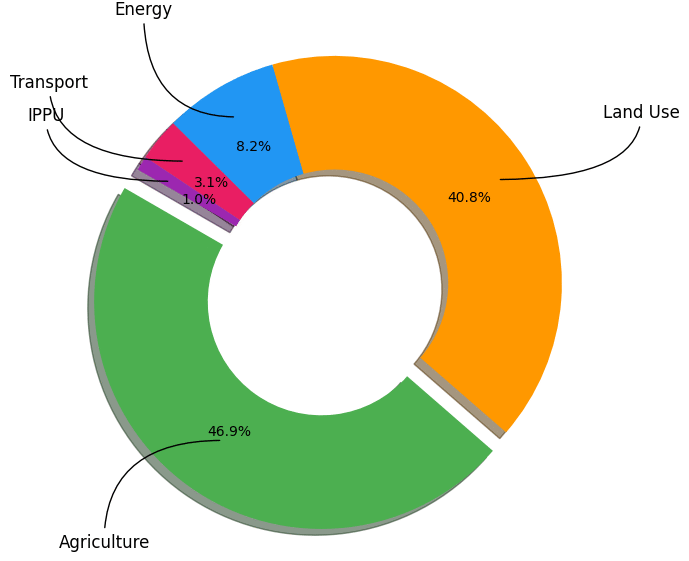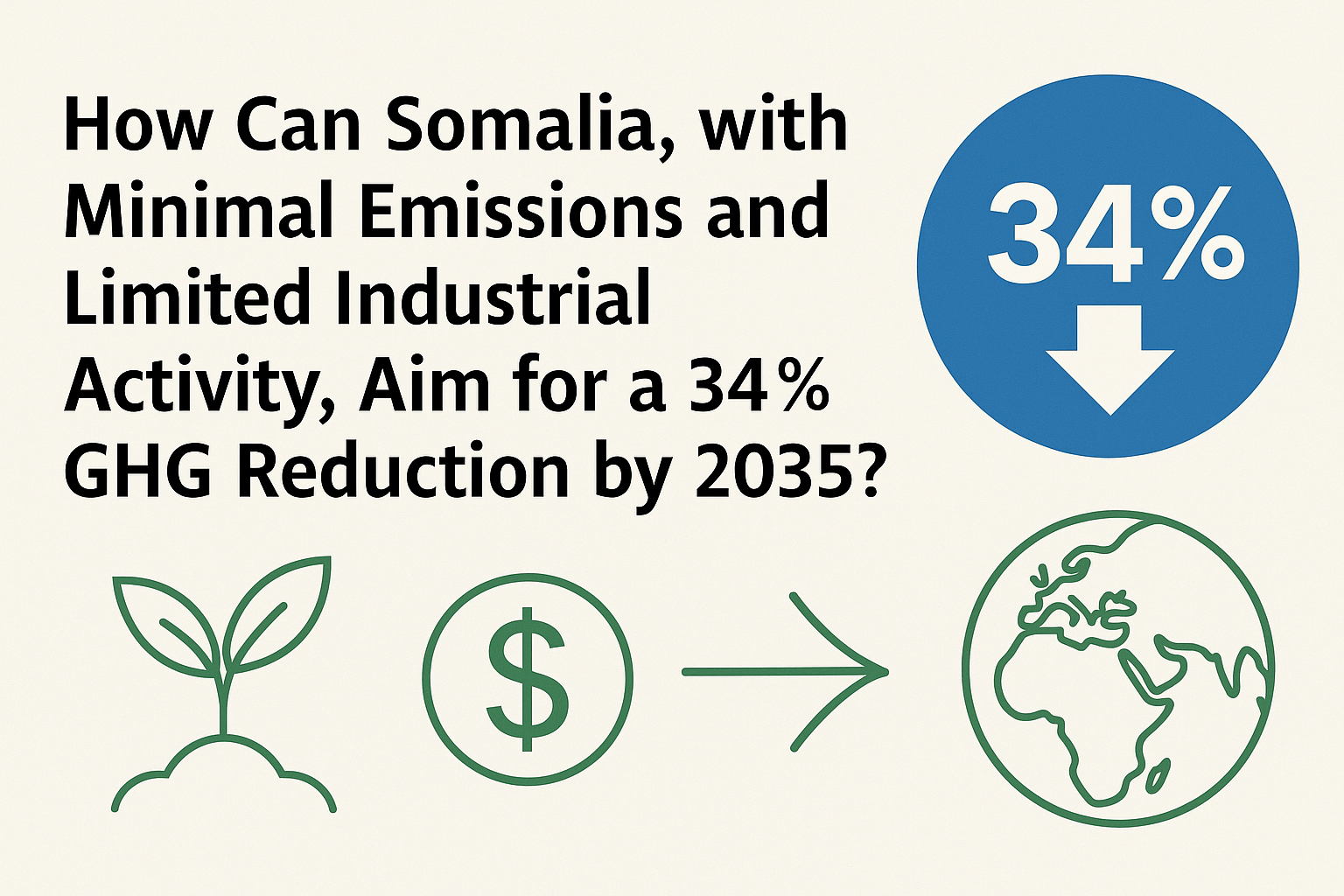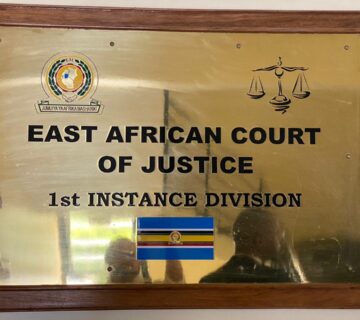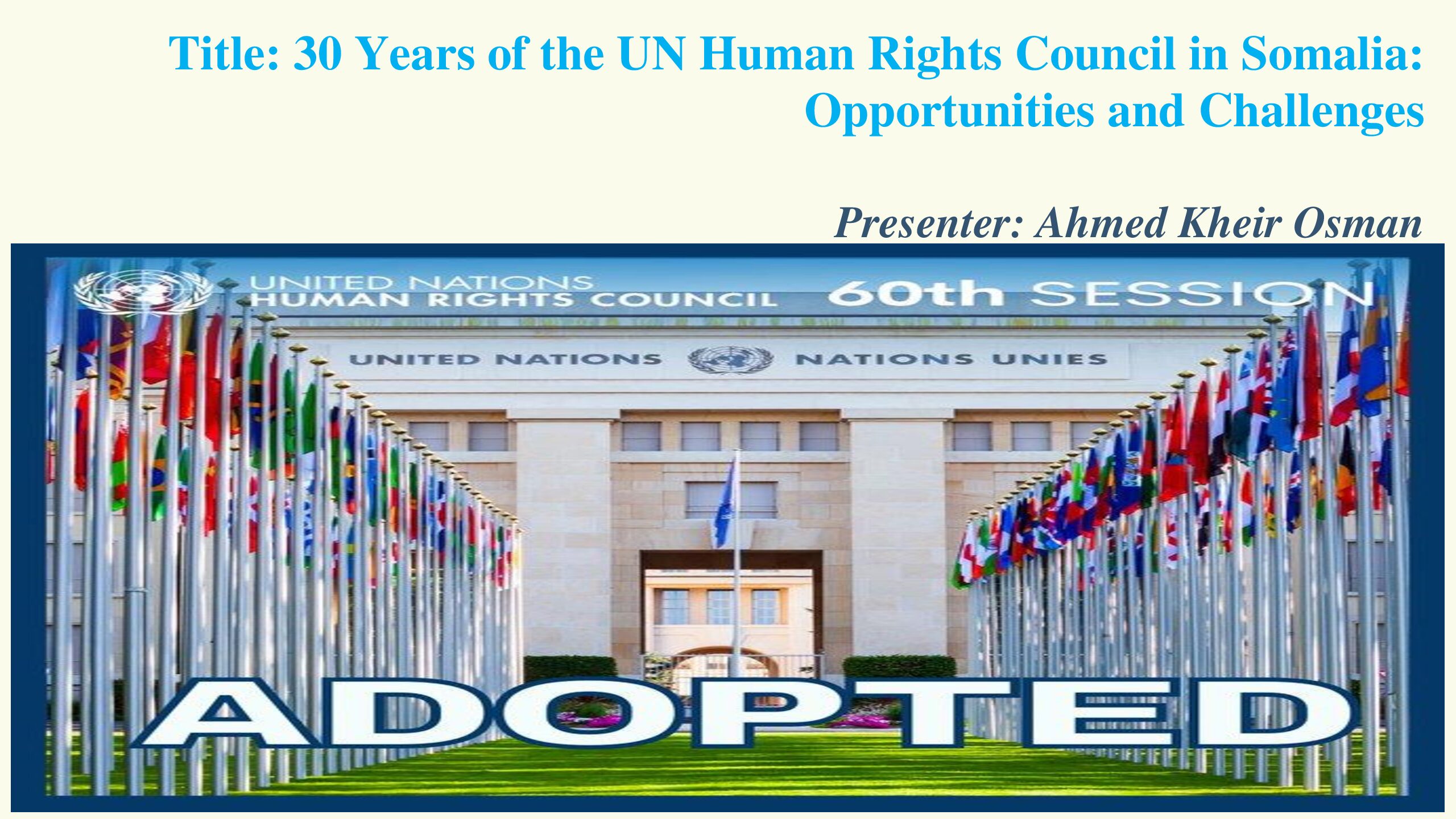INTRODUCTION
Somalia is among the first five African countries to submit its Third Nationally Determined Contribution (NDC 3.0) in June 2025, demonstrating a strong commitment to global climate action. Notably, by the official deadline of Monday, 10 February 2025, only 13 countries worldwide had submitted their updated NDCs, with Zimbabwe being the sole African country to meet the deadline. Somalia’s early submission reflects its growing engagement in international climate governance despite facing significant development and capacity challenges.
Somalia’s commitment to reducing greenhouse gas (GHG) emissions by 34% by 2035, as outlined in its third Nationally Determined Contribution (NDC 3.0), reflects a bold and forward-looking vision. Although Somalia is among the lowest emitters globally, its pledge signals a strong willingness to align national development with global climate goals. Rather than reflecting high current emissions, the target is based on avoiding future emissions growth under a business-as-usual (BAU) scenario.
According to Somalia’s NDC 3.0 (2025), the country’s greenhouse gas emissions are primarily driven by natural resource-dependent sectors. Agriculture is the largest contributor, accounting for 46% of total emissions, followed by land use and forestry at 40%. The energy sector contributes 8%, while transport and industrial processes account for 3% and 1% respectively, as illustrated in the chart below.

However, this clearly shows that emissions do not stem from large-scale industrial activity, but from unsustainable land use, traditional livestock practices, charcoal production, and inefficient energy systems. Deforestation, overgrazing, and reliance on firewood and charcoal for cooking are among the largest contributors to emissions.
The 34% reduction target is based on a comparative reduction from projected BAU emissions by 2035. It does not imply cutting existing emissions drastically but rather slowing or avoiding future increases. To achieve this, Somalia plans to implement a range of mitigation actions focused on key sectors. These include transitioning to clean cooking technologies, expanding renewable energy (especially solar and wind), adopting climate-smart agriculture, reforesting degraded lands, and modernizing livestock and grazing systems.
Somalia’s NDC 3.0 also emphasizes that this reduction is a conditional commitment, highly dependent on international support. The country lacks the financial resources, technical infrastructure, and institutional capacity to deliver on this ambition alone. Therefore, external support in the form of climate finance, technology transfer, and capacity-building will be essential for successful implementation.
In reality, Somalia’s NDC is more than just an emissions target it is a strategic framework for low-carbon, climate-resilient development. The commitment illustrates Somalia’s intent to grow in a sustainable manner, protect its ecosystems, and improve the lives of its people. By taking early action and investing in green solutions, Somalia is laying the groundwork for long-term environmental and economic stability, even while contributing only a small fraction of global emissions.
Ultimately, Somalia’s pledge demonstrates leadership, responsibility, and a deep recognition that climate action is not just a global necessity, it is a national opportunity for renewal, resilience, and inclusive development.
The NDC 3.0 of Somalia is presented below; –






No comment